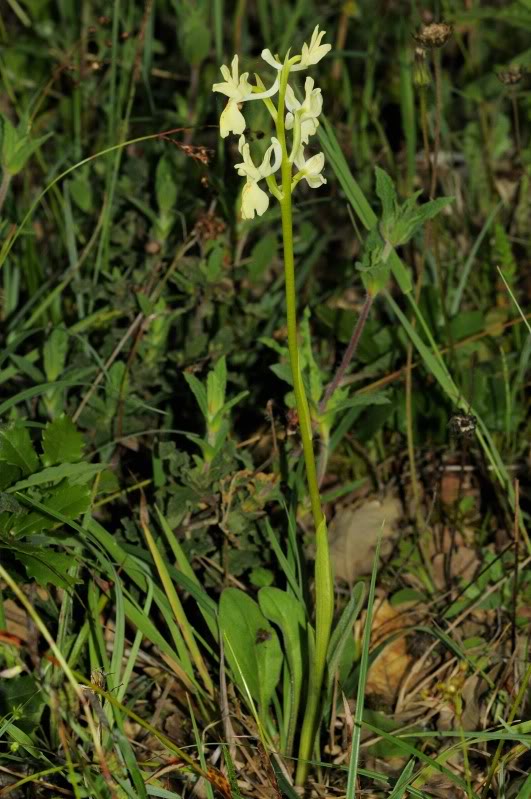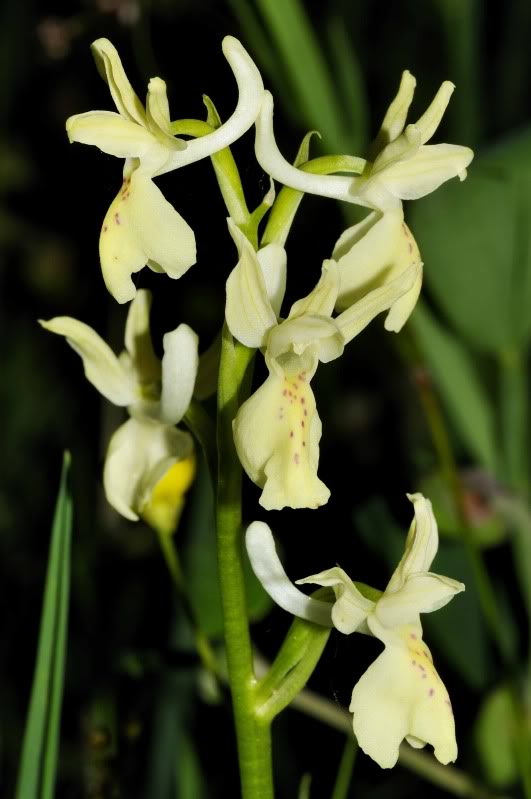Orquídea da Provença
My dear Theo,
As regards black in nature, we are of course in complete agreement, as I understand it. Absolute black doesn’t in fact occur. Like white, however, it’s present in almost every colour and forms the endless variety of greys — distinct in tone and strength. So that in nature one in fact sees nothing but these tones or strengths.
The three fundamental colours are red, yellow, blue, "composite" orange, green, purple. From these are obtained the endless variations of grey by adding black and some white — red-grey, yellow-grey, blue-grey, green-grey, orange-grey, violet-grey. It’s impossible to say how many different green-greys there are for example — the variation is infinite. (...) The colourist is he who on seeing a colour in nature is able to analyze it coolly and say, for example, that green-grey is yellow with black and almost no blue, &c. In short, knowing how to make up the greys of nature on the palette.
To make notes out of doors, however, or make a small scratch, a highly developed feeling for the outline is absolutely essential, as it is for working it up later. This doesn’t come of its own accord, but firstly through observation, and then above all through persistent hard work and seeking. (...) But you’ll see when you come to the studio that besides seeking the outline I certainly also have a feeling, like anyone else, for the strengths. And that I also have nothing against making watercolours — but they’re founded on drawing first, and then from the drawing springs not only the watercolour but all kinds of other shoots that will develop in due course in me as in anyone else working with love.
I’ve attacked that old giant of a pollard willow, and I believe it has turned out the best of the watercolours. A sombre landscape — that dead tree beside a stagnant pond covered in duckweed, in the distance a Rijnspoor depot where railway lines cross, smoke-blackened buildings — also green meadows, a cinder road and a sky in which the clouds are racing, grey with an occasional gleaming white edge, and a depth of blue where the clouds tear apart for a moment. In short, I wanted to make it like how I imagine the signalman with his smock and red flag must see and feel it when he thinks: how gloomy it is today.
Ever yours,
Vincent
Carta a Theo van Gogh (31/VII/1882)







Sem comentários :
Enviar um comentário